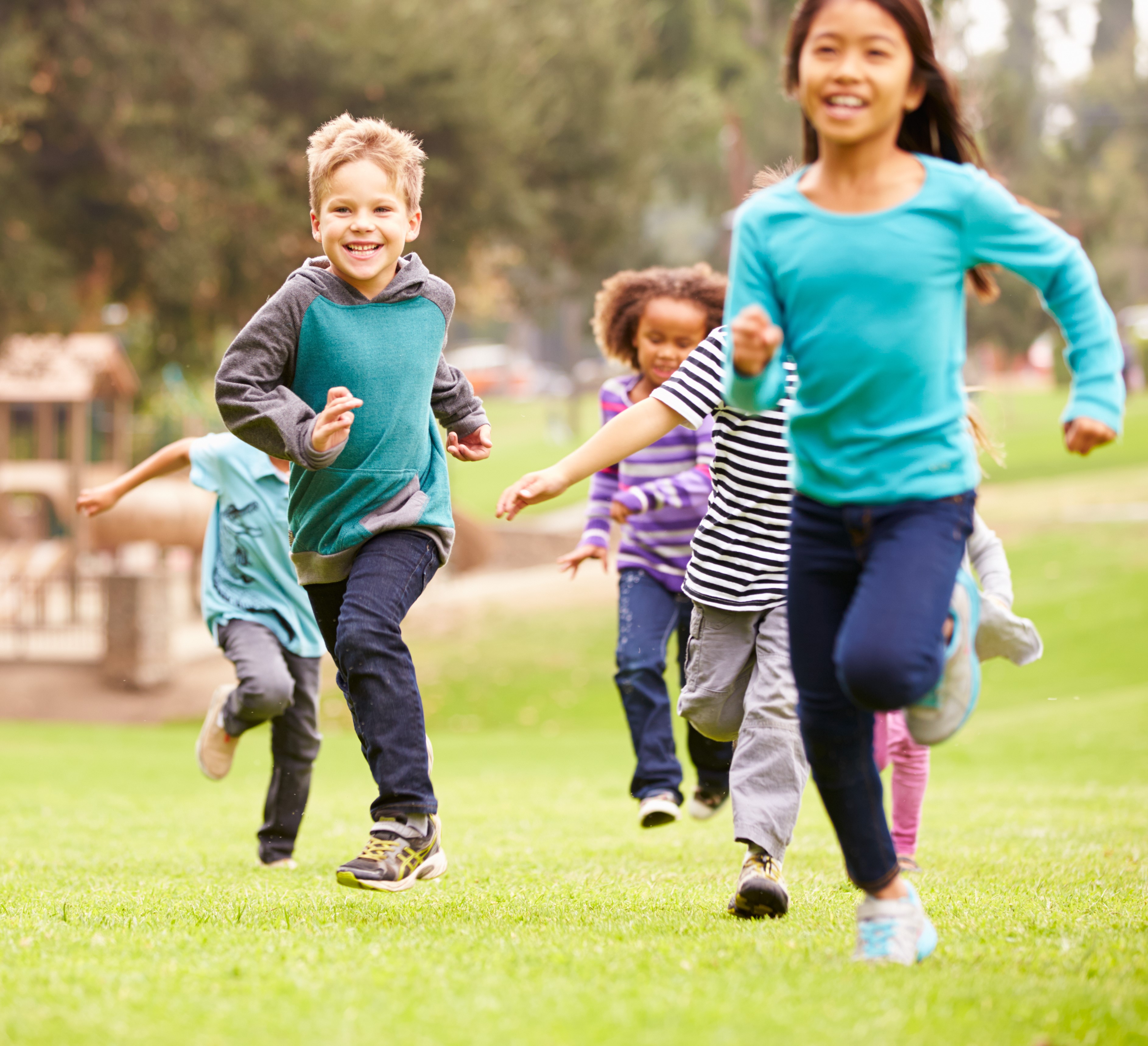 PHYSICAL ACTIVITY— THE FORGOTTEN CORE AREA OF CHILD DEVELOPMENT DURING THE PANDEMIC
PHYSICAL ACTIVITY— THE FORGOTTEN CORE AREA OF CHILD DEVELOPMENT DURING THE PANDEMIC
Tracy Vaillancourt | March 15, 2021
Tracy Vaillancourt is Professor and Tier 1 Canada Research Chair, University of Ottawa & Chair of the Royal Society of Canada’s Working Group on Children and Schools
For the past year, the focus of the Canadian government has been on reducing the spread of COVID-19. These efforts have come at a cost born disproportionately to children and youth, who have experienced disruptions in areas of skill development that are fundamental to optimal growth— namely, cognitive, social-emotional, and physical development. While the learning loss, mental health, and social well-being of children has been considered in earnest by key stakeholders such as educators, parents, and healthcare providers, far less attention has been paid to the impact of COVID-19 on physical development.
This paucity is curious because the pandemic has also had a troubling effect on the physical activity of young people. Children and teens are not moving as much at school as they did before COVID-19, in large part because of pandemic-related restrictions imposed by public health. They are also not going to the park to play, nor are they participating in organized sports at school or in the community. In a new national survey on the movement and play behaviour of Canadian children and youth during the pandemic “immediate collateral consequences” were noted. Specifically, only 4.8% of children and 0.6% of adolescents (yes less than 1%) met movement behaviour guidelines during this unprecedented time. What’s more, not only did children and youth move less, they also spent less time outside, and more time engaged in sedentary behaviour such as increased leisure screen time. There are no Canadian data on how this will affect weight, but it’s safe to assume with all this inactivity, obesity rates are likely to increase.
Contributing to the decline in movement is the cancelling of school and extra-curricular sports in most areas across Canada. Sports participation plays a major role in children’s lives. Take for example soccer, the largest participation sport in Canada. In 2019 there were over 590,000 youth players registered in Canada, and in Ontario, over 73,000 girls and 114,000 boys were registered at the recreation level. These numbers speak to the integral role soccer plays in the lives of Canadian children. And yet, despite this widespread participation, we have spent the bulk of our efforts directed at reducing learning loss and mental health problem during the pandemic and have all but ignored the positive impact that movement and sport participation has on these core areas of development. Participation in sports reliably promotes physical and mental health, improves executive functions like self-regulation and paying attention, and betters academic achievement and classroom behaviour. Success in these areas is inextricably linked. Cognitive competence is linked to social emotion competence, which is linked to interpersonal skills competence, and so on. Critically, these learning dimensions improve when children and youth move, play, and compete physically.
Focusing our attention on reducing the negative impact of COVID-19 on learning and health is not misplaced, but forgetting the important role of movement and sports participation is. Accordingly, when policy makers, educators, and health professionals think about harm reduction in the context of this pandemic, they need to consider ways to get children and youth back to playing outdoors and participating in school and community sports. Indeed, it’s high time we consider physical activity in our management of the pandemic.
This article initially appeared in the Globe and Mail on March 15, 2021.



